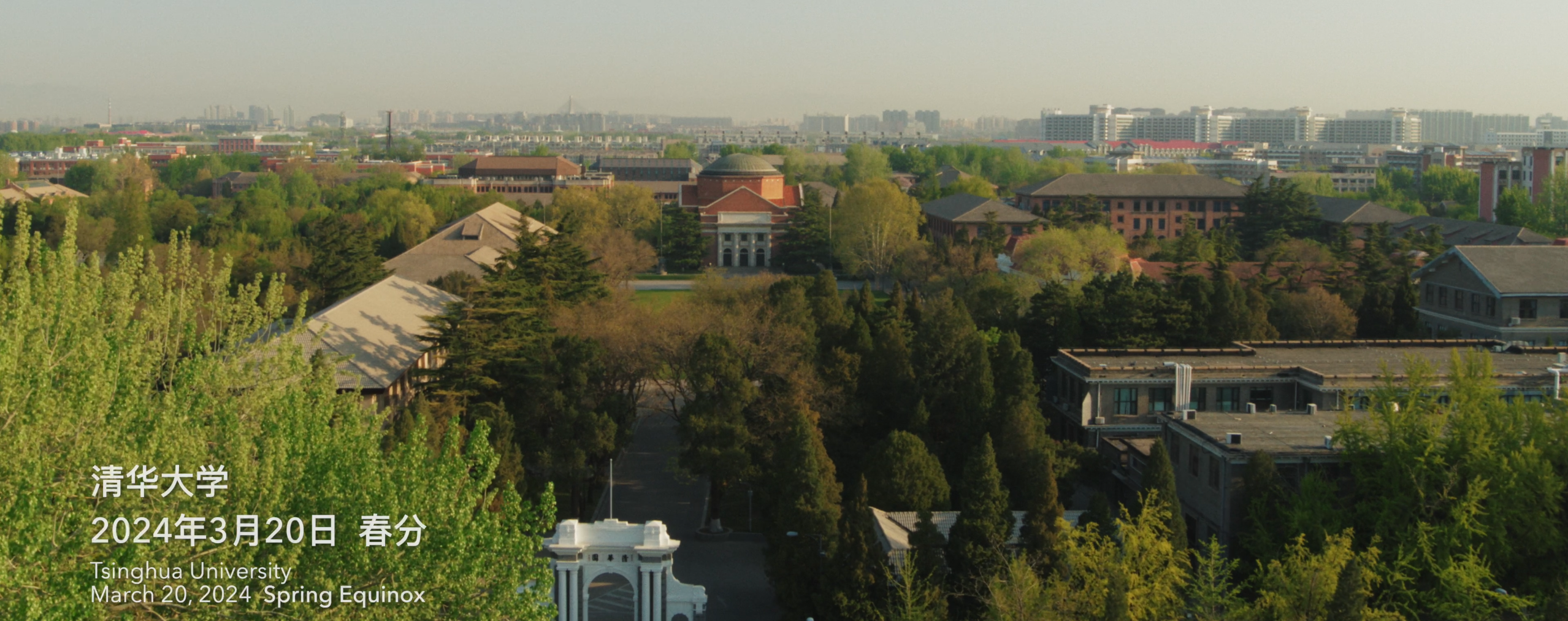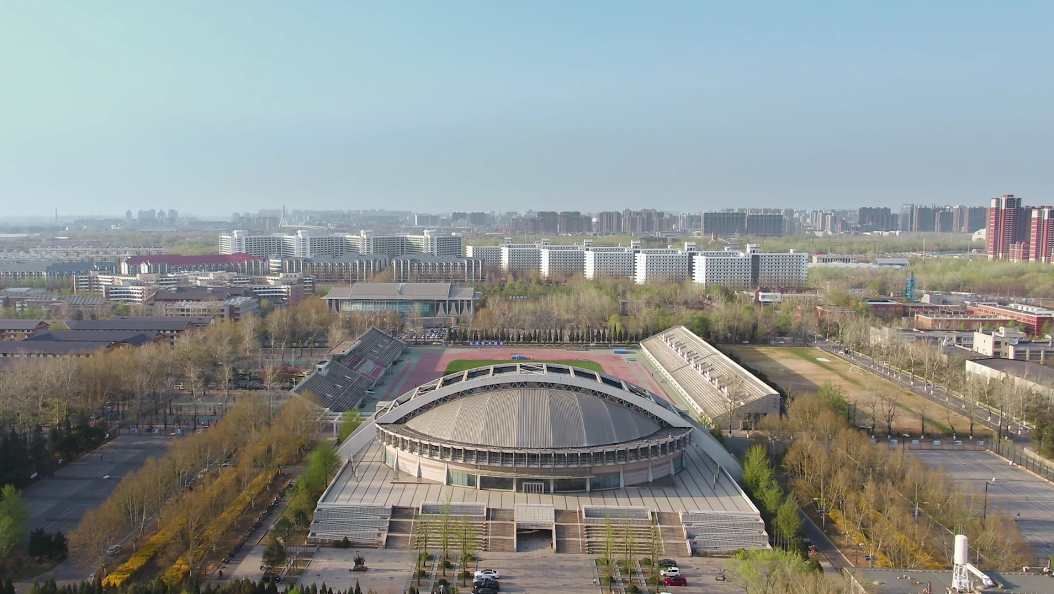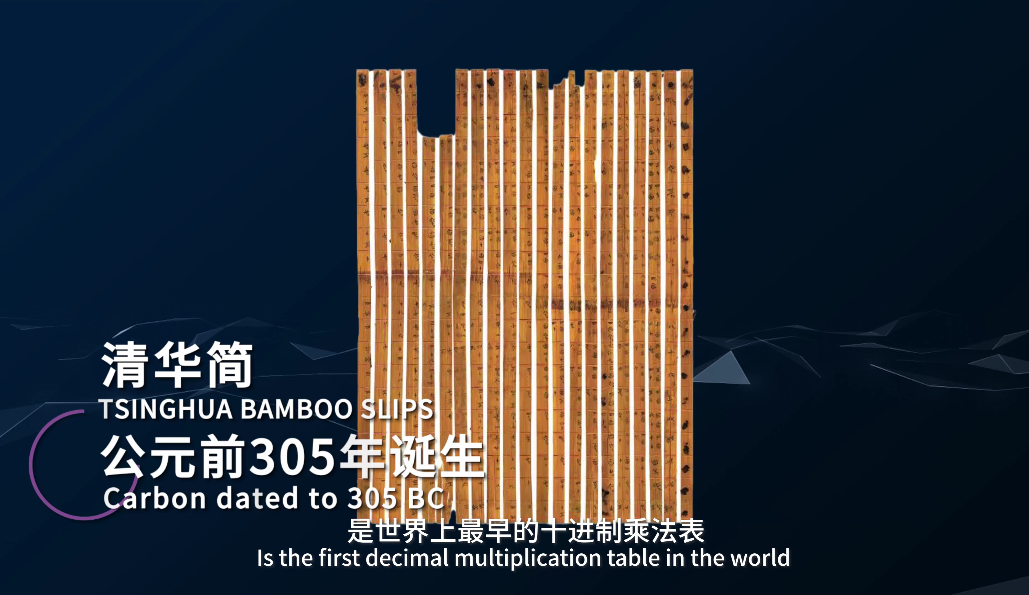






1.Introduction
Earth System Science is a new multidisciplinary subject developed to study global change and it is an important scientific research field and hotspot in the world today. In order to further study both the changing laws of the Earth system and the impact of human activities on it, and to cultivate high-level talents for China and even the world to cope with global environmental change, Tsinghua University established the Earth System Science Research Center (referred to as the Geoscience Center) and the Global Change Institute in March 2009, which organize multidisciplinary research on global change issues to promote the construction and development of Earth Science. On November 30, 2016, in view of the corresponding school scale of geosciences, the Department of Earth System Science (referred to as the Department of Geosciences) was set up on the basis of the Geoscience Center.
The department aims to explore new knowledge in the fields of the earth sciences such as the atmosphere, land and sea, and related fields of physics, chemistry, biology and social economics, in order to maintain the safety of the earth's ecological environment, to contribute to the safety and sustainability of the earth's ecological environment, and to lead in the world of earth sciences.The development tasks of the department include:
Increase awareness and disseminate new knowledge in the interaction between the Earth system and systems, the Earth's resources and environment, and the processes of Earth system change;
Establish predictive capabilities for human-induced and natural environmental changes from local to global scales, and the ability to respond to environmental changes;
Cultivate students and educate the public on earth science and sustainable development;
Integrate and apply scientific knowledge to address social issues such as the sustainable use of ecological resources, the identification and prevention of potential threats to natural disasters, and the environmental consequences of human activities.
Tsinghua University has a strong Earth science discipline in history. As early as November 1928, the Department of Geography was formally established. The first department head was Weng Wenjun (1889-1971), a famous geologist and one of the founders of modern geology of China. In 1932, the department was renamed as the Department of Geosciences. It consisted of three groups: geography, geology, and meteorology. In 1946, after the Anti-Japanese War, the Southwest University ended, Tsinghua University resumed school in Peiping, and the Department of Geosciences recovered. In 1947, the original meteorological unit of the department was separated into an independent department, and in 1950, the geology unit was also separated into an independent one. In 1952, the Department of Geosciences and Department of Meteorology of Tsinghua University was transferred to Peking University, while the Department of Geology merged with the department (group) of Peking University, Beiyang University and Tangshan Railway Institute, and part of the one of Northwest University to form the Beijing Institute of Geology.
By 1952, the Department of Geosciences, Geology, and Meteorology of Tsinghua University had trained more than 200 graduates, many of whom became famous scholars and professors. According to incomplete statistics, 44 graduates have been elected as academicians of the Chinese Academy of Sciences.
2. Development Direction
The Department of Earth System Science will focus on comprehensive and systematic Earth science research on global environmental change and sustainable development issues, through the combination of Tsinghua University's existing natural sciences and social sciences, engineering science and management science. Recent development direction of the discipline is to face the scientific issues urgently needed to be strengthened in China's global change research (Xu Guanhua et al., 2010), and carry out research in five fields of Earth System Science:
Earth system processes.
To study Earth system change and the interaction between anthropogenic activity and global change.
Earth System Modeling
Using high performance computers to simulate the earth system to reveal its internal working pr
ocesses and project the development of earth system science quantitatively.
Earth Observation Technology
To provide accurate and reliable date support and technologies for earth system science research based on systematic monitoring of global information and the wirness sensor network.
Earth System Management
To study global change by using modern concepts,theory and method,which combine natural science and economy.this multidisciplinary idea and evaluation method provides technological and economical suport for global change related policy making.
3. Faculty
The Department of Earth System Science (DESS) at Tsinghua University is dedicated to revitalizing the geosciences discipline and pursuing interdisciplinary research with a particular emphasis on global change. As an integral teaching and research unit within the university, the DESS boasts a roster of 28 faculty members, comprising 2academician, 14 professors, 10 associate professors, and 2 assistant professors. Among them, we have 1 Swedish national, 1 British national, and 1 American national, contributing to our diverse faculty background.
4. Education and Teaching
4.1. Graduate Education
The goal of postgraduate training in the department is to train scholars and teachers who can conduct basic and applied research in the field of earth sciences, as well as high-level professionals who are engaged in the formulation and implementation of global environmental change policies in national government departments and enterprises.
4.2. Degree Authorization Point
Ph.D. authorization point: the first-level discipline of ecology.
Master's degree authorization point: the first-level discipline of atmospheric science.
4.3. Undergraduate Education
The department will begin to recruit undergraduate students and develop undergraduate education in the future. The main goal of the undergraduate education is to cultivate talented professionals with a wide base and a wide range of calibers, and to lay a solid foundation for the further study or employment in the government and industrial sectors. Undergraduate training will focus on three basic skills training: geoscience field investigation and observation, experimental analysis and data processing, computer simulation of complex processes.
Undergraduate training will be a gradual process. The department has now carried out the Atmospheric Science (Global Change Direction) minor education for undergraduate students. It will soon be piloted to enroll a second-degree undergraduate student. After all aspects of the conditions are mature, the undergraduate students will be considered for formal recruitment.
5. Social Donation Plan
In recent years, the department has produced a batch of world-class research achievements, which has gradually produced academic influence in the international school of geography. However, the department also faces many difficulties, mainly reflected in that the space of running a school and the salary of teachers cannot meet the demand of introducing world-class talents.
In order to promote the rapid and high quality development of Tsinghua geosciences and break through the bottleneck of school space and teacher compensation, the department plans to raise funds to set up the earth science talent fund and the earth science building:
(1)the earth science talent fund named by donors
To make up for the pay gap, Tsinghua university will set up the earth science talent fund named by donors, with a fund size of about 100 million yuan, realized through social donations.
(2)the earth science building named by the donor
The earth science building is planned to be located in the northwestern part of the campus of Tsinghua university, covering an area of 21,728 square meters. The budget cost is 200 million yuan, of which 100 million yuan will be collected from the society and 100 million yuan will be provided by the school. As an entity of ancient and emerging academic field, the building will be endowed with profound historical atmosphere. At the same time, due to a precondition for forming a unique campus architecture aesthetics, it will become a new campus landscape. All kinds of academic achievements generated in the earth science building will surely benefit the whole world. As an architectural aesthetic symbol, the building can also be recorded in history, which will be remembered by later generations for a long time.